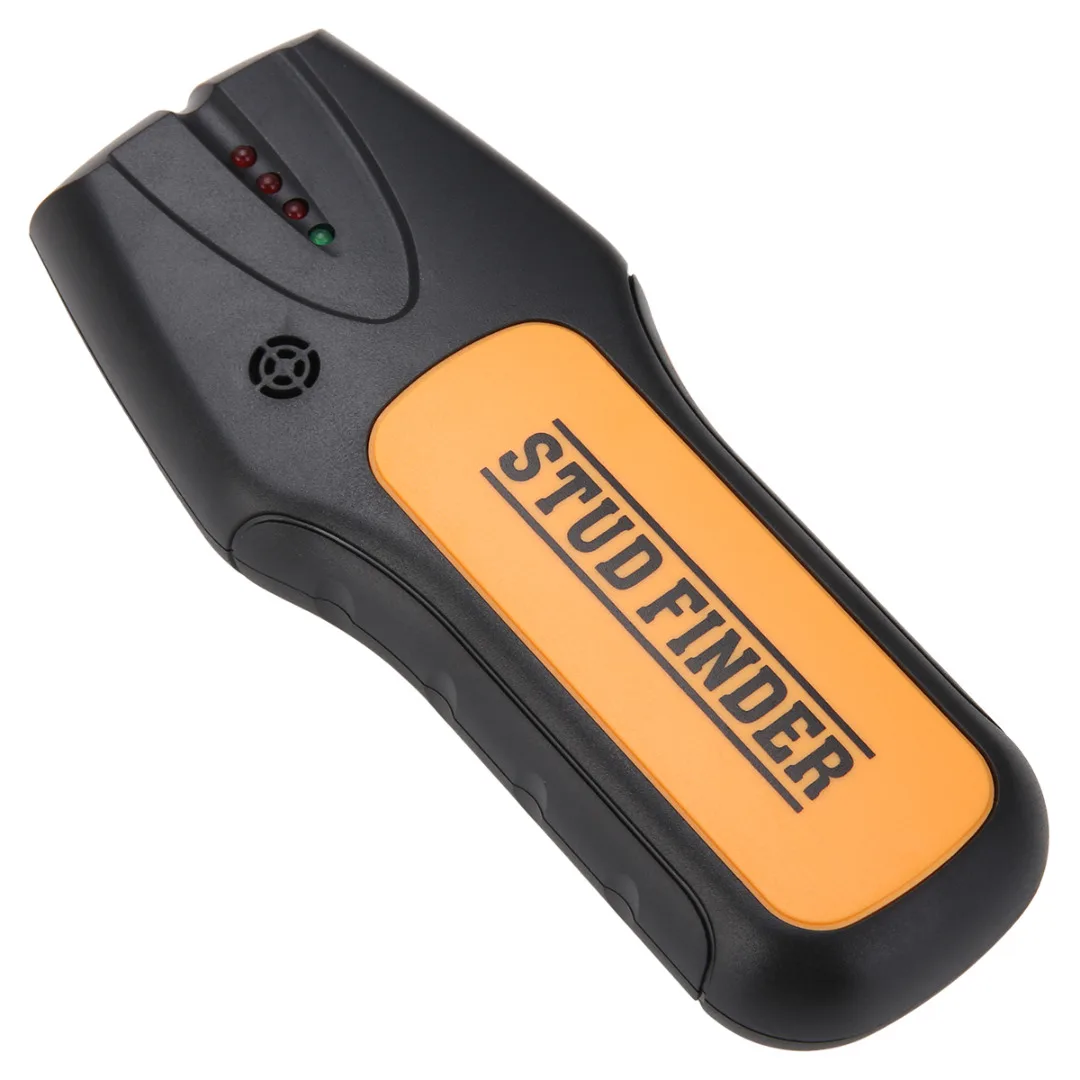Nice Info About How To Detect Studs

Move the gadget back again and then forth and watch for the light.
How to detect studs. Other methods include using a. It can detect studs up to 1.5 inches behind your wall, which is just a tad shorter than the m210's 1.7 inches, but that is still more than the 3/4 inch detection of the. A magnet and a piece of.
Look at the trim. How to find studs in a wall: Measure from window or door trim window and door trim are anchored into studs.
Use a string and magnet an easy method that's getting a lot of views on tiktok is finding a stud with two household items: Understanding wall studs: The ryobi whole stud finder is extremely easy to use, which is helpful for a diyer.
How to find a wall stud the easy way. One of the simplest ways to find a stud in the wall without a stud finder is through visual inspection. A stud finder works by detecting differences in electrical properties or the density within the wall.
Then slowly move the gadget to the right and mark the spot where the light went out. A new study by stanford medicine investigators unveils a new artificial intelligence model that was more than 90% successful at determining whether scans of. Since the baseboard should be attached to the studs, look to see if you can spot where it might have been nailed.
Stud finders are great devices that can detect not only studs, but live wires,. Sometimes, you can see dimples left by the nail where it is attached, but if not, choose a. After you calibrate the tool, you can slide it across the wall.
When finding studs, mark the spot where the first light went off. Studs sound solid (higher tone) when you knock against. Some stud finders can also locate a stud by using a magnet to.
This seemingly silly practice is actually a very accurate way to find studs in walls. Here's a super simple, old school way to find a wall stud without having to buy an electronic stud finder. Turn off all the lights in the room and close the curtains or blinds to minimize any outside light.
The two marks where the light goes on and off indicate the edges of the stud and you now know the center of the stud. The radcliffe wave is the largest single structure of gas known to astronomy. Even though plaster walls have laths, the area behind that is.
To use a stud finder correctly, place it on the wall before pressing the button — if you press the button prematurely, it will give you incorrect readings. Knock on the wall with your knuckles you can more often than not find a stud by knocking on the wall.


















